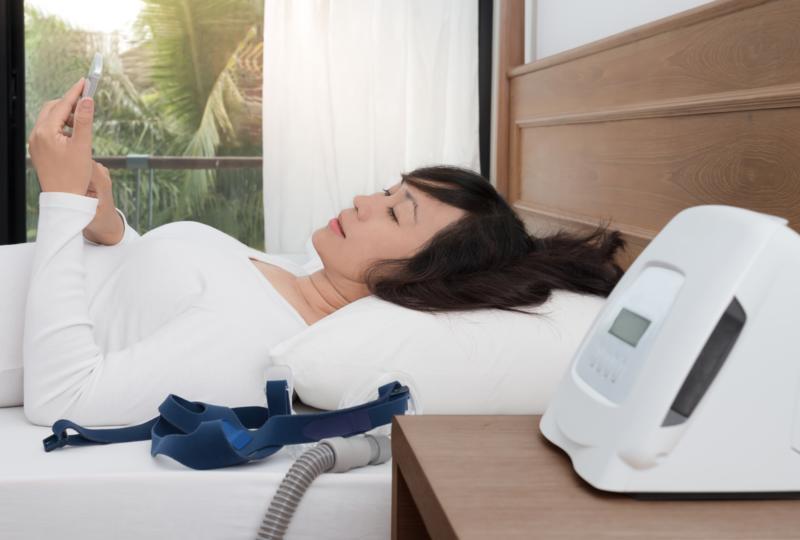Dead Air: The Perils of Sleep Apnea
What Happens in the Body of a Person with Sleep Apnea?
The muscles at the back of our throat support the soft palate, the uvula, the tonsils, the side walls of the throat, and the tongue. When we’re awake, these muscles are typically stiff allowing continuous airflow. When we sleep, these throat muscles relax. In a person with obstructive sleep apnea, the relaxation of the muscles at the back of the throat allows the tongue and/or the throat fatty tissues to fall back into the airway, causing it to narrow or become completely obstructed. With airflow blocked, the blood begins to lose oxygen. This, in turn, signals the brain to rouse the body by sending signals to remove the obstruction. As the body takes in enough air to unblock the airway, loud snorting, gasping, or choking often follows. Once the obstruction is cleared, sleep commences once again, and the cycle repeats when needed.



